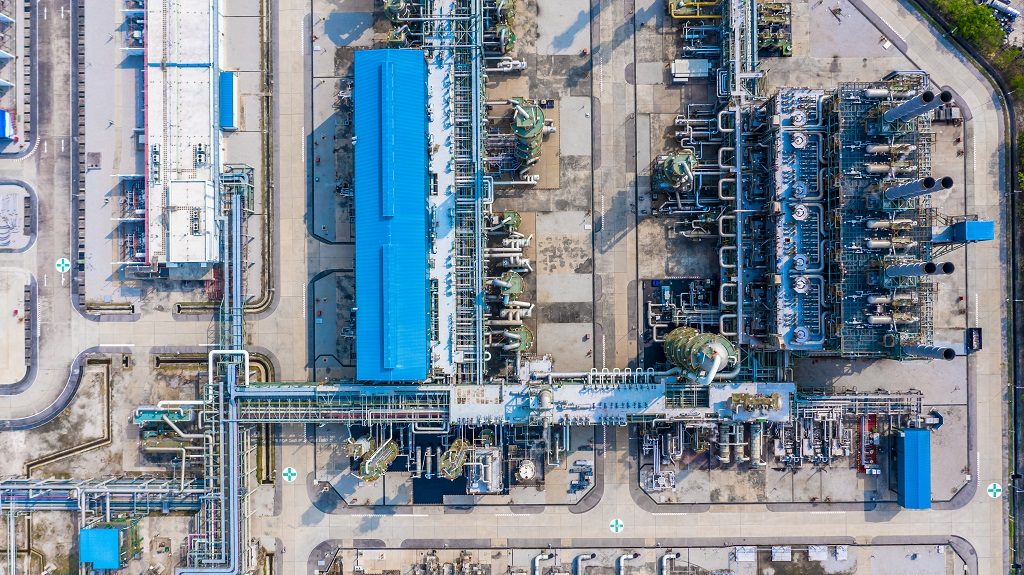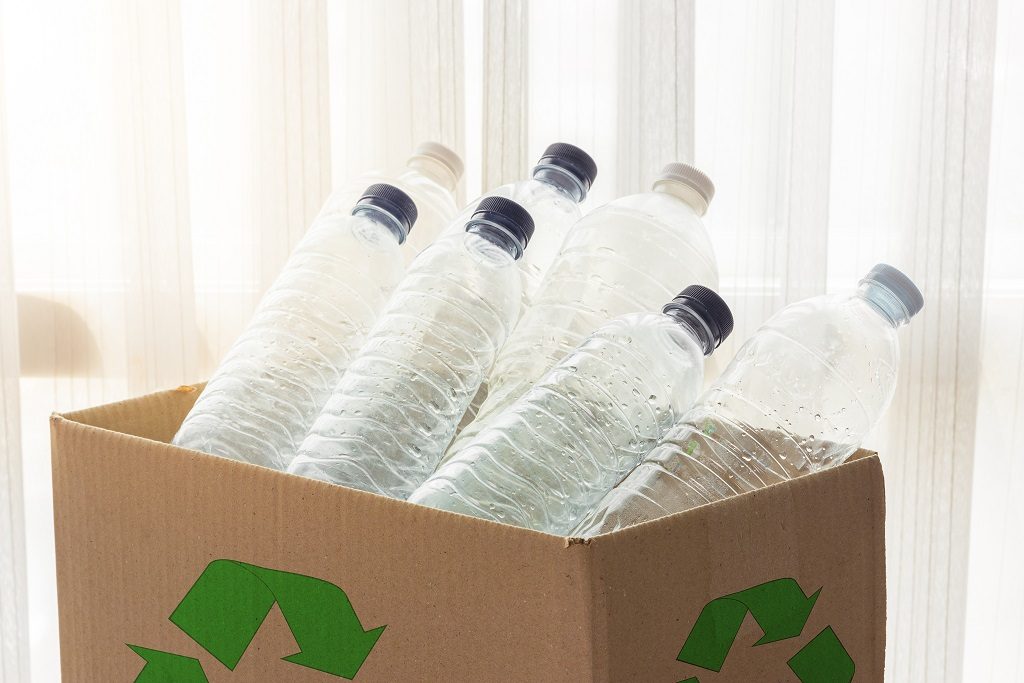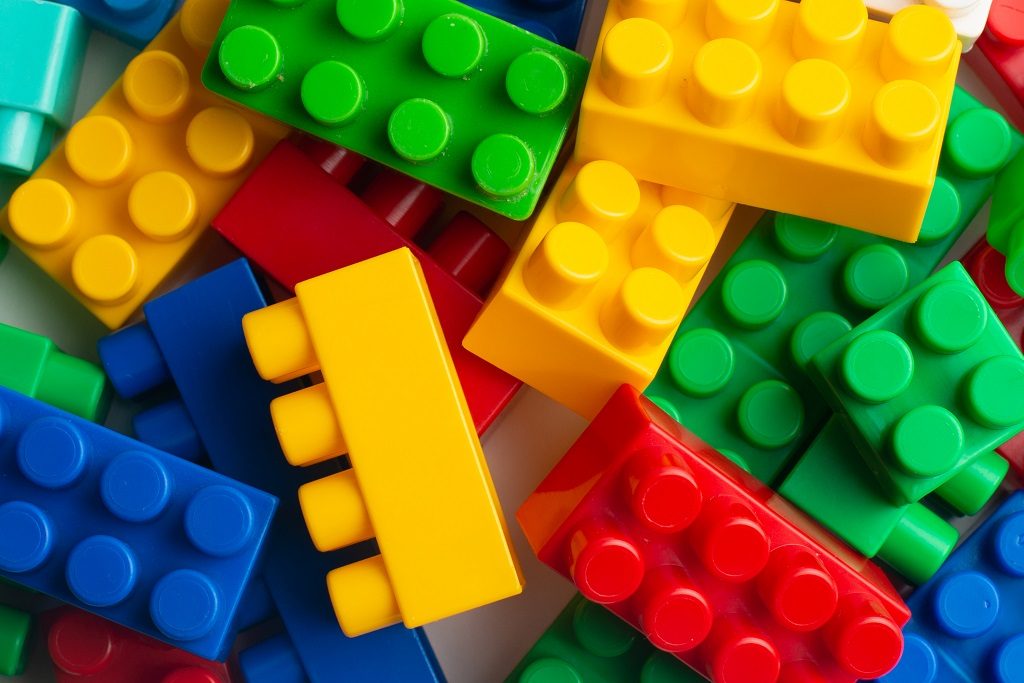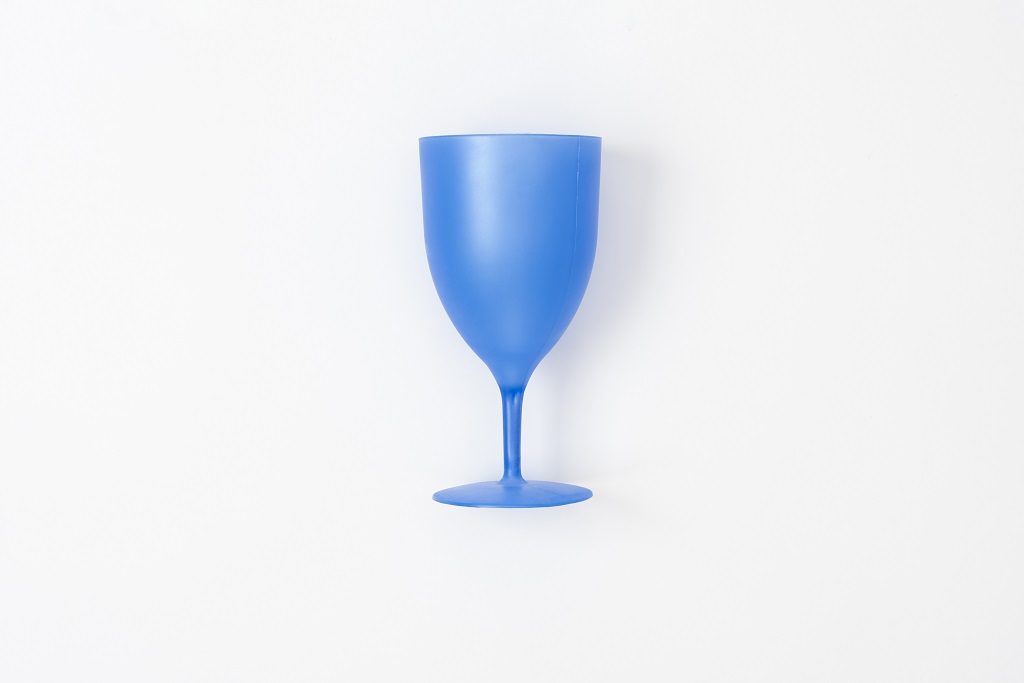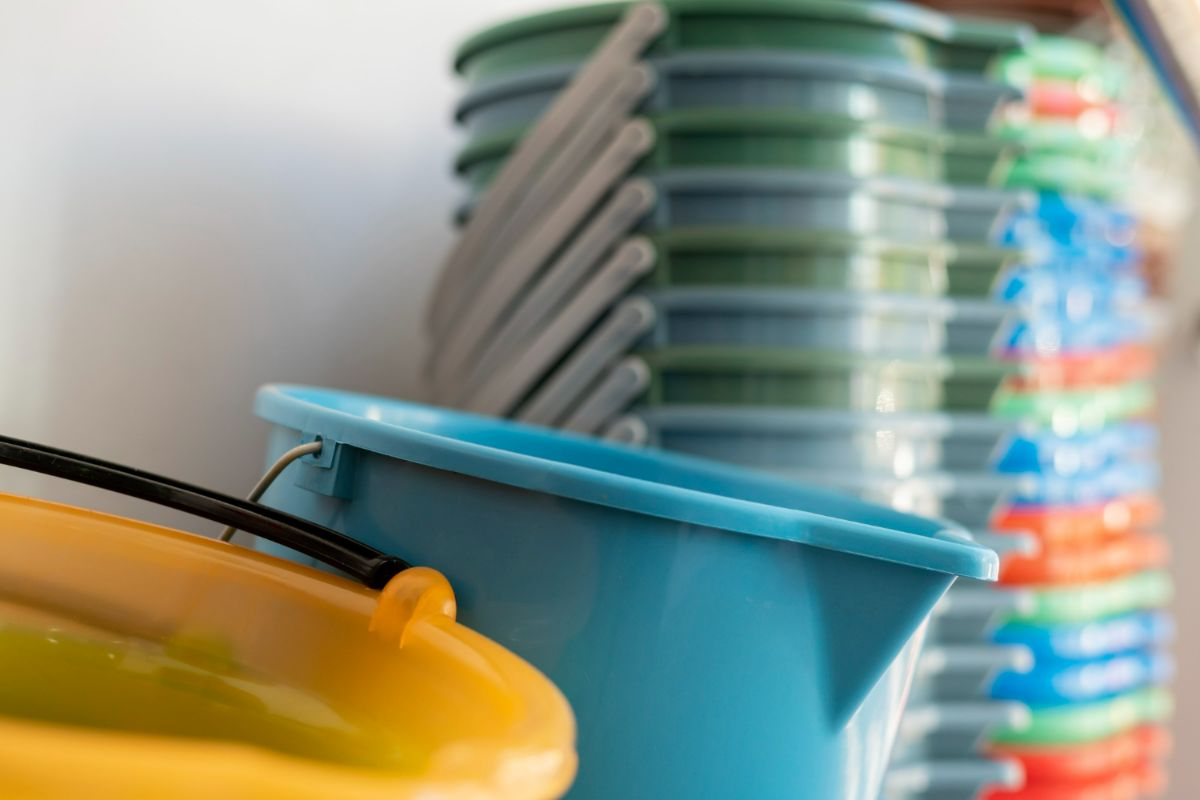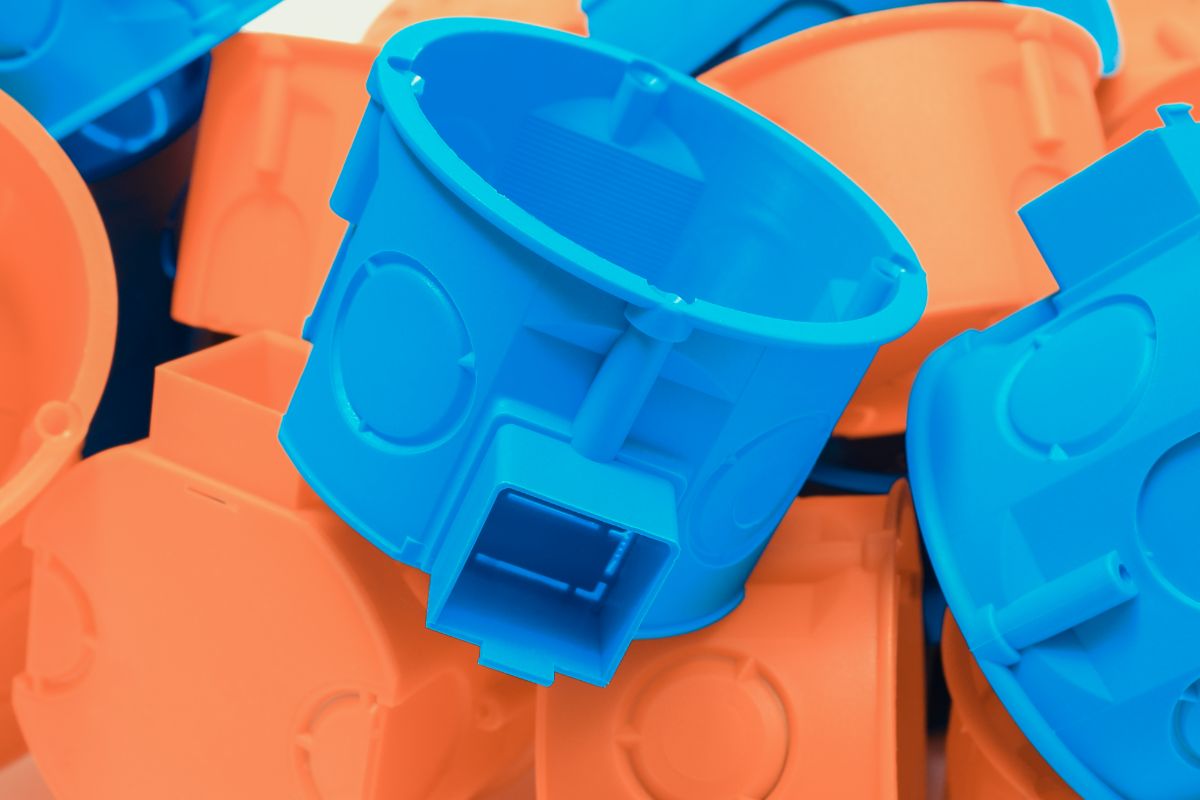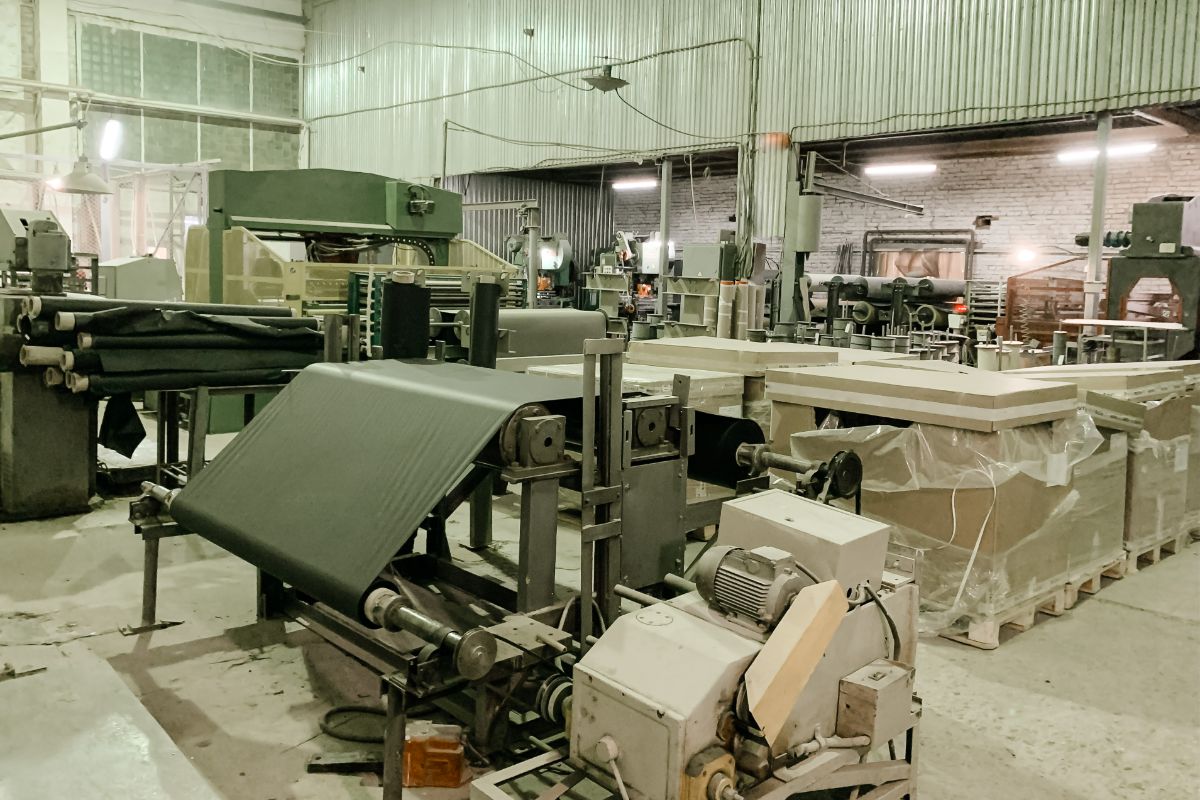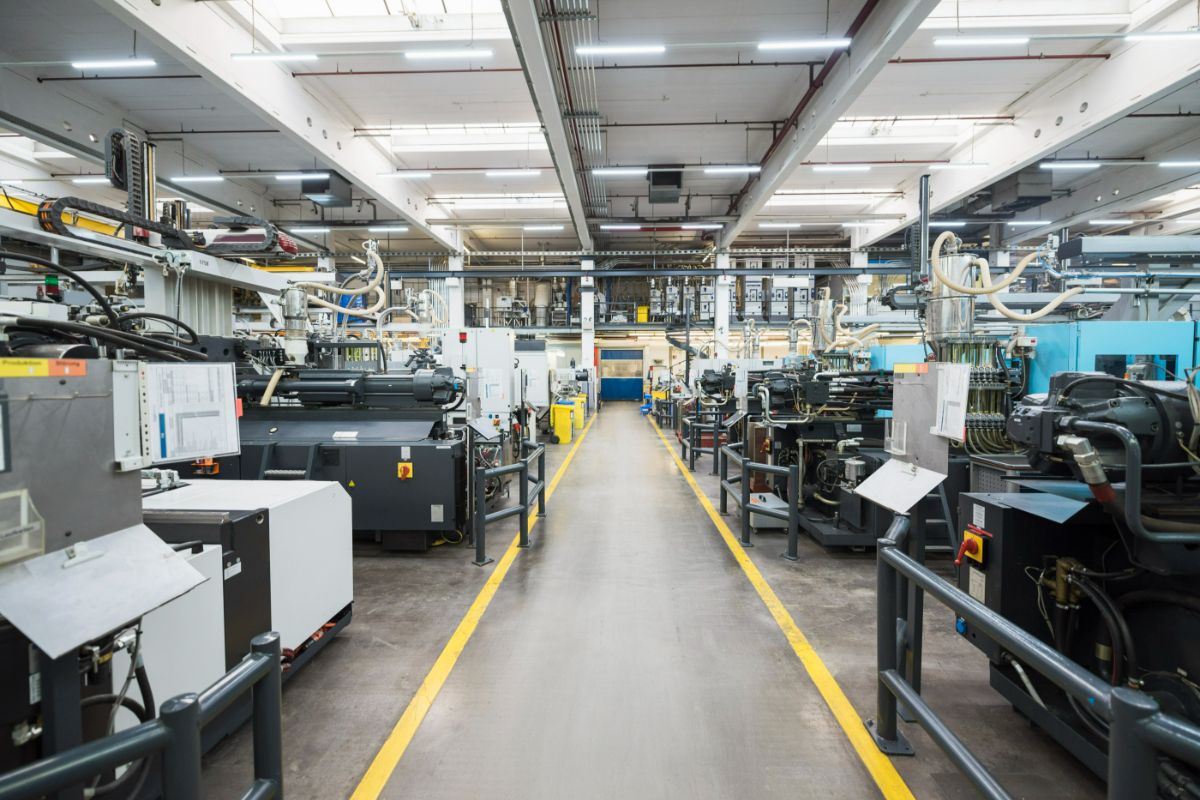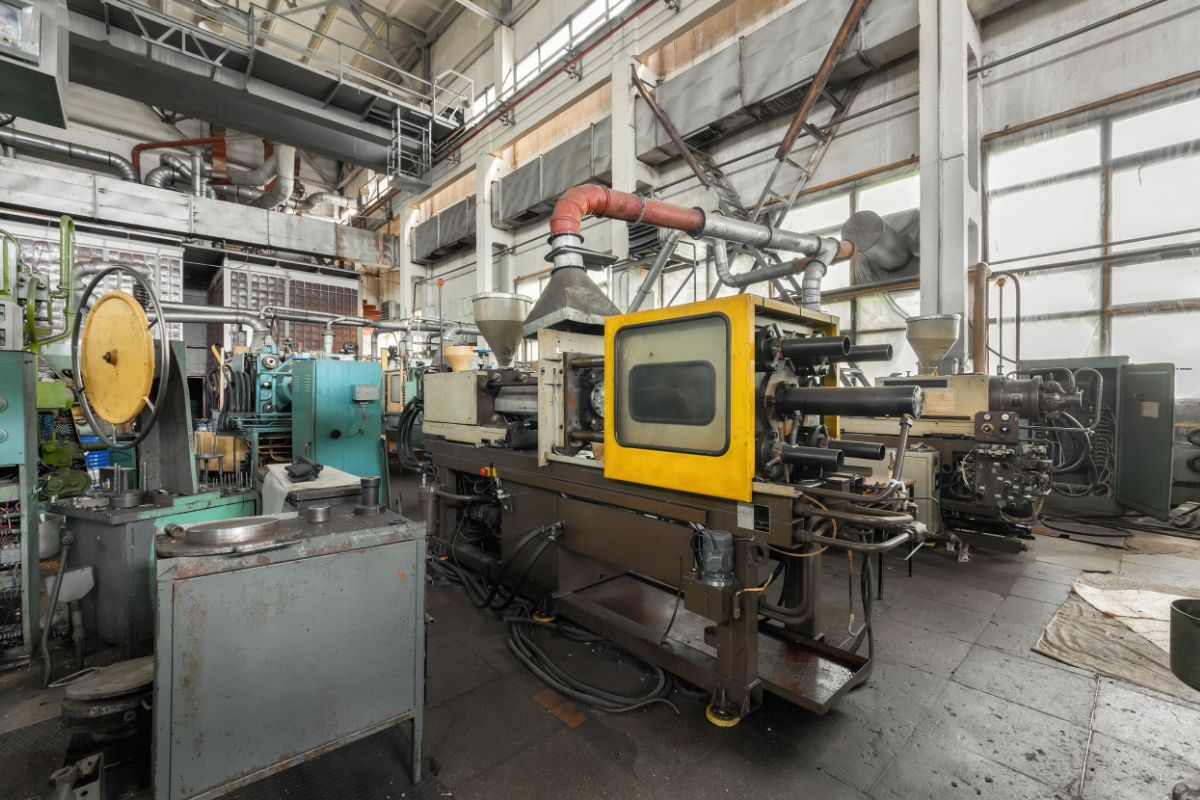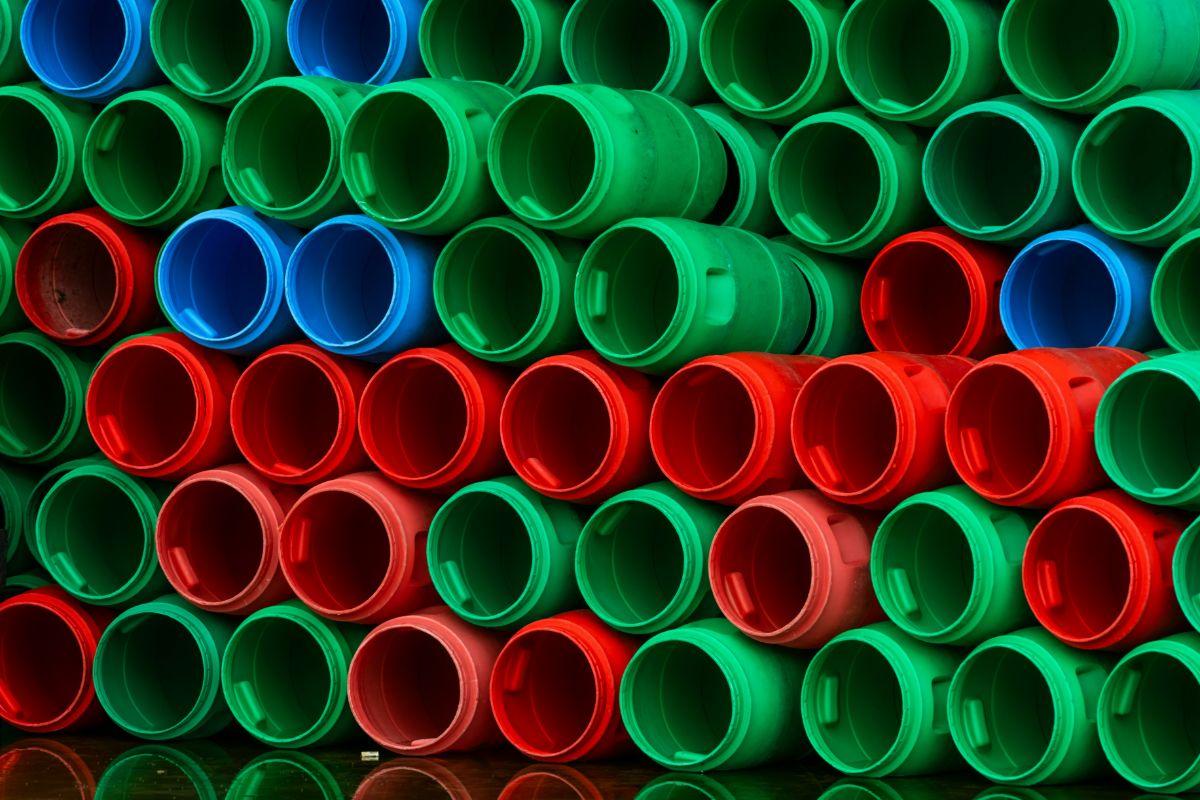What are the types of plastic used for injection molding in China?
- Polypropylene
- Acrylonitrile Butadiene Styrene
- Nylon or Polyamide
- High-Density Polyethylene
- Polycarbonate
The types of plastic for injection molding in China are rich and diverse. They vary from hardness, application and temperature sensitivity. Choosing the right plastic for an injection mold can be confusing and overwhelming. The composition of each material fits a certain application. Here are a few examples of plastics being utilized in injection molding.
Polypropylene
Polypropylene is a commonly used thermoplastic that is very flexible. It is an addition polymer made from Propylene monomers. It’s used for consumer packaging products, automotive parts, and even textiles.
This plastic is known to have a high melting point, high resistance to damage such as stress and cracking, high impact strength, and a stable reaction to water, acid, and detergents. Polypropylene is also safe to use for food containers. At first glance, it can be manufactured to be clear and rigid. In extremely low temperatures, it can become brittle and could shatter into shards.
The plastic component starts out as pellets. It’s very easy to mold and has a good flow because of the viscosity. It’s readily available and inexpensive. Polypropylene is slightly flammable and can be prone to UV degradation. It’s one of the cheapest thermoplastics available for injection molding.
Nylon or Polyamide
Nylon starts with the distillation of hydrocarbon fuels into groups and is then combined with catalysts. This thermoplastic can also be combined with biomass, which in turn makes the plastic biodegradable.
Nylon is commonly found in clothing. It can reinforce rubber in tires. The thermoplastic is also used in automobile parts such as door handles and radiator grills. This synthetic thermoplastic linear Polyamide is often used as a substitute because of its inherent strength, temperature resistance, and chemical compatibility.
Nylon produces low friction. It’s the perfect thermoplastic for parts that have a lot of wear and tear. For 3d printed models that require high heat, nylon is a more stable choice. It can be easily melted into filaments, fibers, and films.
Acrylonitrile Butadiene Styrene
Acrylonitrile Butadiene Styrene is a thermoplastic that is made of three components, Acrylonitrile, Butadiene, and Styrene. It’s made through the process of emulsion. It’s a popular injection molding plastic because of the low cost and ease of use.
ABS plastic is resistant to impact. It has natural structural strength and chemical resistance. It works well with high and low temperatures. It’s also a good choice for electrical insulation. For 3D printed projects, it’s easy to paint and glue. Like other plastics, ABS can be potentially damaged by UV rays. It emits hazardous fumes when burned. Unlike polypropylene, this plastic is not compatible with food.
High-Density Polyethylene
High-Density Polyethylene is strong, robust and stiff compared to other polyethylene. This plastic can be used for milk cartons, laundry detergent, garbage bins, and cutting boards. HDPE is in a crystalline form and can be better for colder temperatures. This plastic can also be a good insulator for electricity.
HDPE starts with the distillation of hydrocarbon fuels into fractions. Heating the material causes it to set. The second heating process will only burn the plastic, rendering it useless. Recycling this plastic is not advisable.
Polycarbonate
Polycarbonate plastic is naturally transparent with no definite form. It’s one of the materials that can transmit light in the same capacity as glass. It’s a powerful, impact resistant plastic. PC can be commonly found in plastic lenses, medical and automotive components. Digital disks are also made of Polycarbonate. Polycarbonate is also found in bullet resistant glass and luggage.
Polycarbonate has high heat resistance and can be combined with flame retardant additives. It’s pliable and can be shaped in room temperature without sustaining damage. There are certain types of PC components that can be harmful to humans. Bisphenol A or BPA when in contact with water can potentially poison the user. Polycarbonate can be resistant to breakage but can easily show scratches. This can be solved by adding a protective layer on top.
Key Takeaway
Most plastic injection molding in China all involve the same process of manufacturing. The hydrocarbon fuels are distilled and combined with other catalysts to produce these plastics. The wonders of injection molding have exponentially improved people’s way of life.
In fact, the automobile industry is reducing overall costs without compromising quality. Plastic with glass-like properties can function as bulletproof glass. Rubber tires can be reinforced with the simple addition of certain catalysts. Various viscosity and heat resistance of plastics mentioned above can even produce textiles.
Proper research and testing can help with choosing the right plastic material to use for injection molding. The applications of these plastics are seemingly endless as more innovations are discovered and invented.
